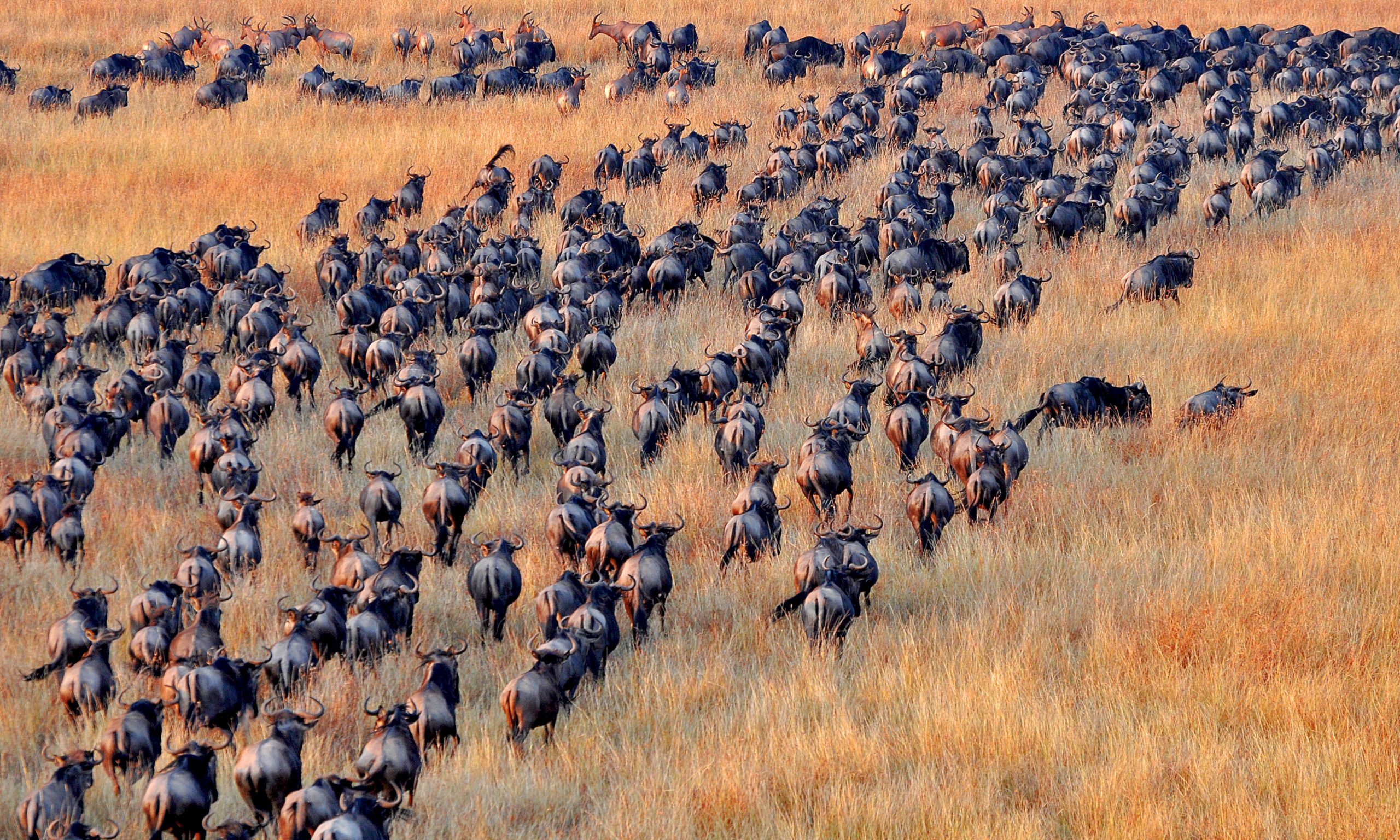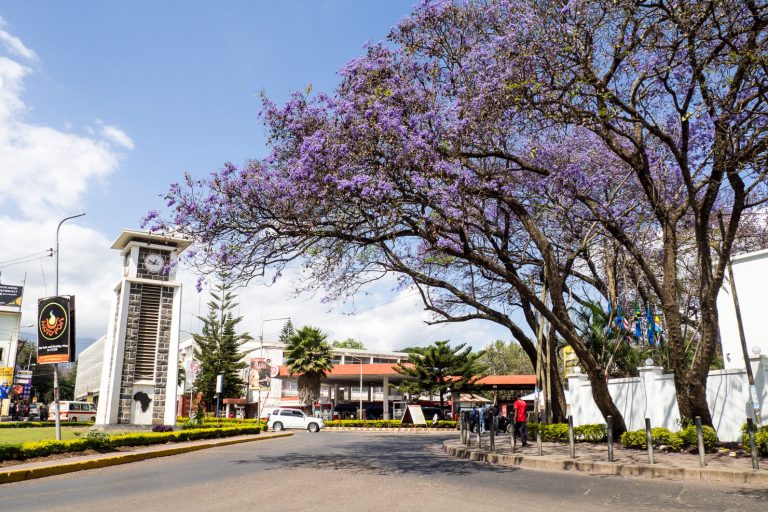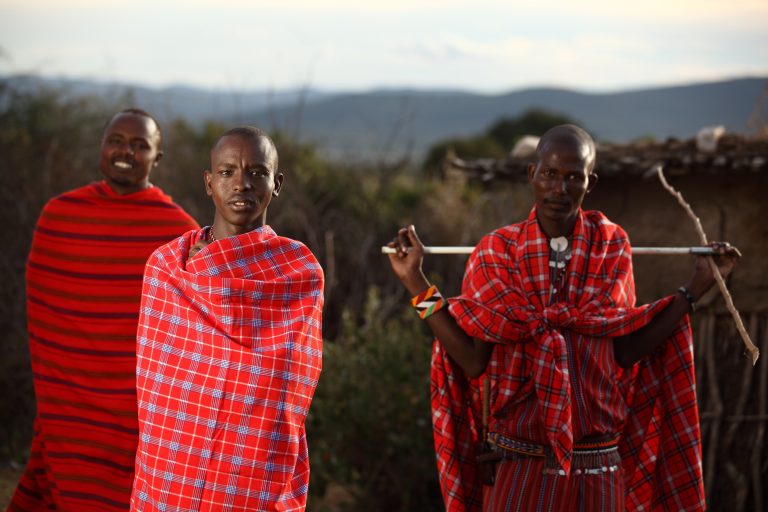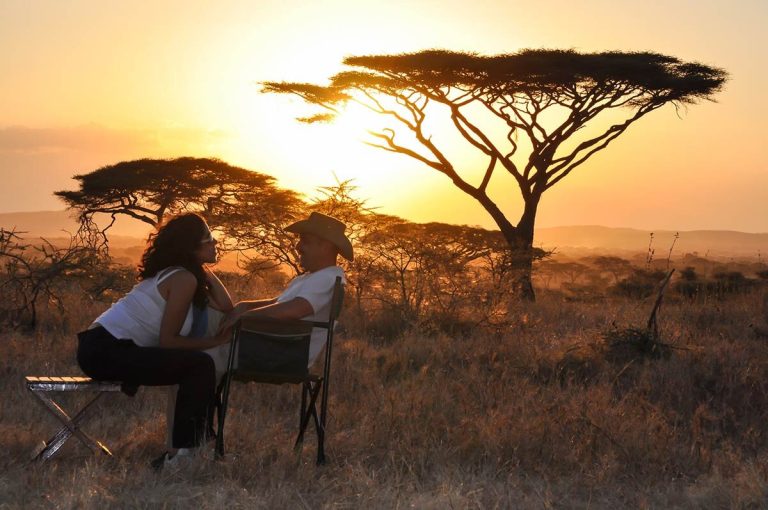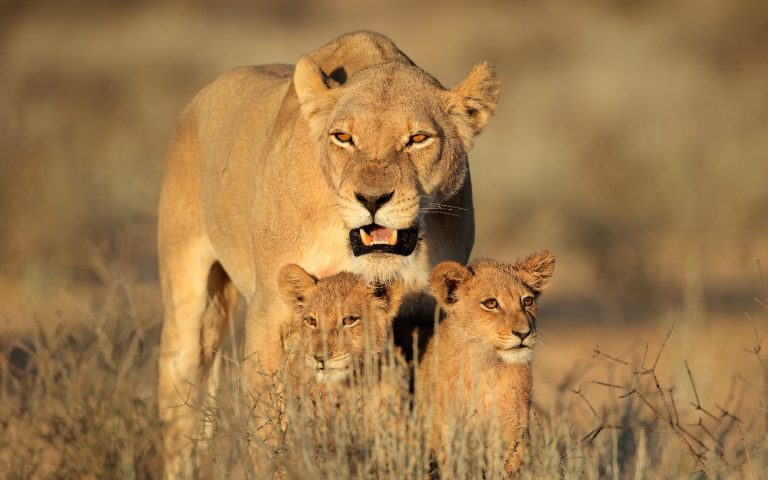The Great Migration: Witnessing Nature’s Spectacle
The Great Migration: Witnessing Nature’s Spectacle
The Great Migration is one of nature’s most extraordinary events, captivating travelers and wildlife enthusiasts from around the globe. Each year, millions of wildebeest, zebras, and other animals embark on a perilous journey across the plains of East Africa. Here’s a detailed guide on the timing, routes, and what to expect when witnessing this incredible phenomenon.
Timing of the Migration
The Great Migration follows a cyclical pattern dictated by the search for fresh grazing and water. While the exact timing can vary based on weather conditions, here’s a general timeline to consider:
- January to March: Calving Season
- The migration typically begins in the southern Serengeti, where around 500,000 wildebeest give birth. This is an excellent time for wildlife watching, as the newborn calves attract predators.
- April to May: Moving North
- As the rains start to wane, the herds move northward towards the central Serengeti and into the northern regions, including the Lobo area.
- June to July: Crossing the Grumeti River
- The migration reaches the Grumeti River, where dramatic river crossings occur. This is a prime time to witness thrilling encounters with crocodiles as the animals attempt to cross.
- August to September: Masai Mara in Kenya
- The herds continue into the Masai Mara, where they find abundant grazing. This period is known for spectacular river crossings, making it a popular time for safari-goers.
- October to December: Return to Serengeti
- As the rains return, the herds begin their journey back south to the Serengeti, closing the migration cycle.
Migration Routes
The Great Migration is not a single path but rather a complex network of routes that change slightly each year. The main components include:
- Southern Serengeti: Birthplace of the migration, where calving takes place.
- Western Corridor: This area features the Grumeti River, a key crossing point filled with challenges.
- Northern Serengeti: A rich grazing area in the Masai Mara, known for river crossings and predator interactions.
- Return to the Serengeti: As conditions change, the herds move back south, completing the cycle.
What to Expect When Witnessing the Migration
1. Wildlife Interactions
Expect to see not only wildebeest and zebras but also predators like lions, leopards, and hyenas. The sight of a lioness stalking a herd or a crocodile waiting at the riverbank is unforgettable.
2. Stunning Landscapes
From the vast plains of the Serengeti to the lush landscapes of the Masai Mara, each location offers breathtaking scenery. Prepare your camera for dramatic sunsets and picturesque horizons.
3. Crowds and Competition
The Great Migration attracts many visitors. Popular viewing points, especially during river crossings, can become crowded. Consider visiting lesser-known areas or going on guided tours to enhance your experience.
4. Guided Safaris
Joining a guided safari can enhance your experience. Expert guides know the best locations and times to observe wildlife, ensuring you won’t miss the action.
5. Respect for Nature
Witnessing this phenomenon requires a sense of respect for the environment and its inhabitants. Follow guidelines for responsible tourism and maintain a safe distance from wildlife.
Conclusion
The Great Migration is a natural spectacle like no other, offering unforgettable experiences and memories. Whether you’re captivated by the sheer numbers of animals or the drama of predator-prey interactions, witnessing this event is a highlight for any traveler. Plan your trip according to the migration’s timing and routes, and prepare for an adventure filled with wonder in the heart of Africa!

